Resume Follow Up Letter Template for Job Seekers
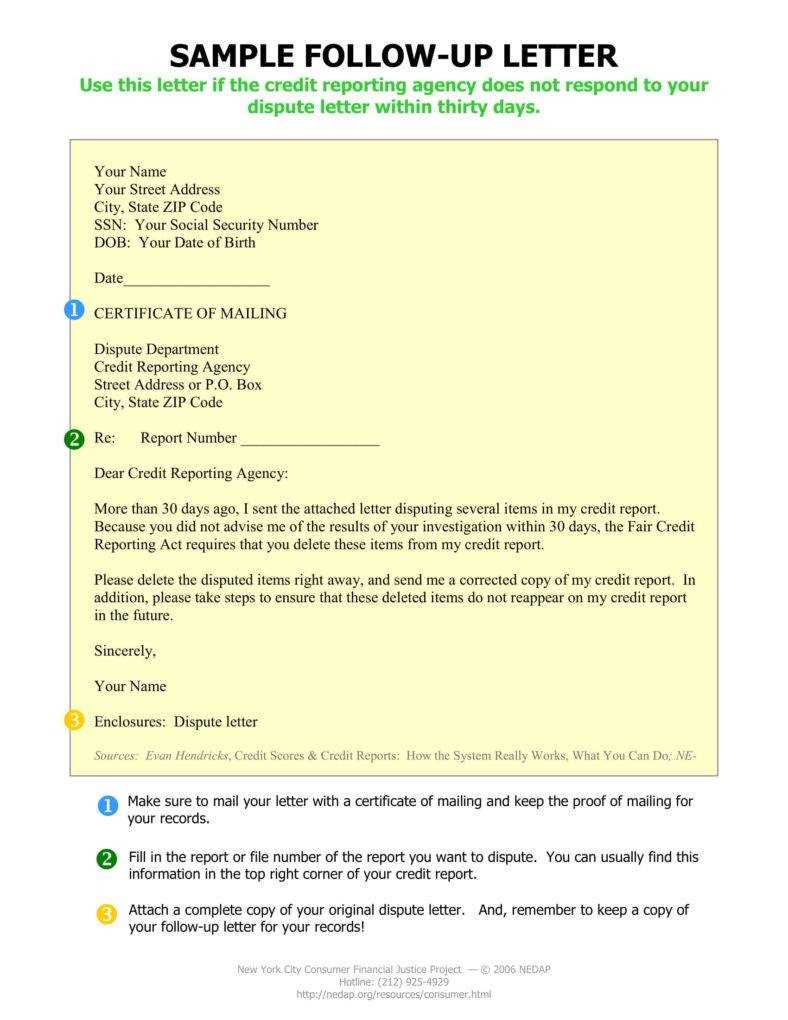
After submitting your application for a job, it’s crucial to maintain a connection with the employer. A thoughtful follow-up can reinforce your interest in the position and remind hiring managers of your qualifications. Sending a polite and well-crafted message can set you apart from other candidates and help you stand out in a competitive job market.
Effective communication is key when reaching out after an application. While it’s important to express enthusiasm, it’s equally necessary to keep your message brief and professional. A well-written note not only demonstrates your communication skills but also your respect for the employer’s time and attention.
Understanding the right time to send a follow-up and what to include in your message can make a significant difference. Whether you are reminding them of your interest or providing additional information, knowing how to approach this step can lead to a successful outcome.
Why Follow Up Letters Are Important
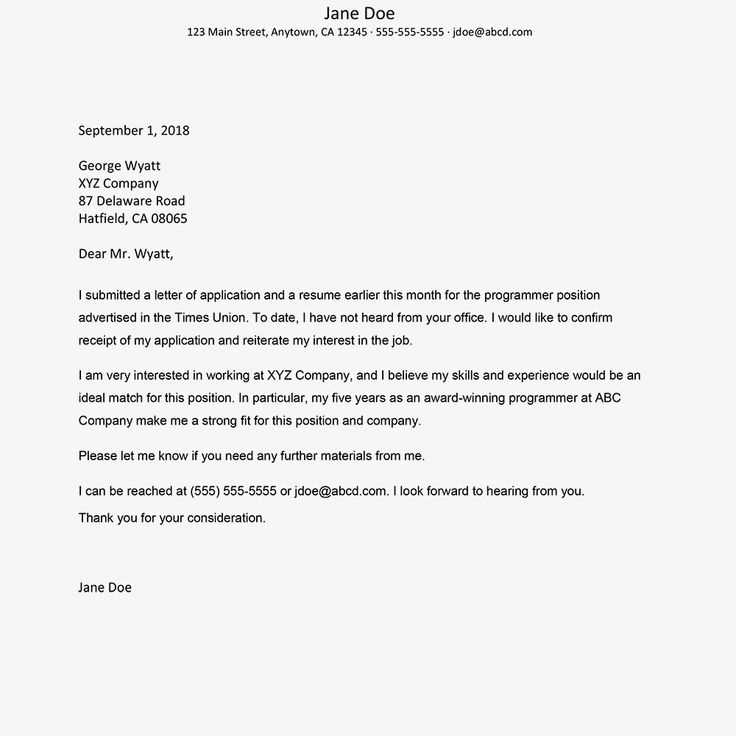
Maintaining contact after applying for a job is an essential step in showcasing your continued interest and professionalism. By reaching out once again, you reinforce your enthusiasm for the role and remind employers of your qualifications. A well-timed and thoughtful message can serve as a gentle nudge, helping you stay top of mind among candidates.
In a competitive job market, many employers juggle multiple applicants at once. By sending a concise and respectful message, you stand out in a positive light and demonstrate that you are proactive. This can improve your chances of receiving a response or even advancing to the next stage of the hiring process.
Moreover, sending such communication shows that you value the employer’s time and attention. It’s an opportunity to express gratitude and leave a lasting impression that could set you apart from others vying for the same position.
Understanding the Impact of Follow Ups
Reaching out again after submitting your application can significantly influence the outcome of your job search. This simple action helps to emphasize your enthusiasm for the position while also keeping you in the employer’s line of sight. Often, candidates who take the initiative to reconnect stand out positively, displaying both interest and professionalism.
The impact of this communication extends beyond just reiterating interest; it can also serve as a reminder of your qualifications and the value you can bring to the company. Employers may be handling numerous applications, and a polite reminder can help highlight your skills amidst the competition.
In addition, these messages provide an opportunity to show your ability to communicate effectively and professionally. A well-crafted message not only keeps you in the conversation but can also create a stronger connection with potential employers, which may lead to better outcomes in the hiring process.
How to Write a Professional Letter
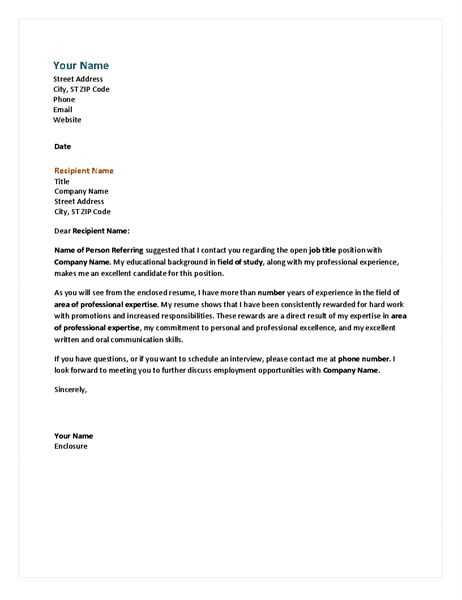
Crafting a message that is both polite and professional is essential when reaching out after submitting an application. A well-written communication should clearly convey your purpose while maintaining a respectful tone. The goal is to express your continued interest without overwhelming the recipient.
Start by addressing the person appropriately and using a formal greeting. The body of the message should briefly remind the employer of who you are and the position you applied for. Avoid being overly casual, and keep the language concise yet warm, ensuring that your message remains professional throughout.
Additionally, it’s important to express gratitude for their time and consideration. Acknowledge that you understand they are busy but emphasize your eagerness to hear back. Close with a polite sign-off and a clear call to action, such as expressing your availability for further discussions.
Tips for Crafting a Polite Message
When reaching out after submitting your application, it’s important to keep the tone respectful and professional. A polite message not only reflects your communication skills but also demonstrates your appreciation for the employer’s time. Striking the right balance between enthusiasm and professionalism can make a significant impact.
Be clear and concise in your message, avoiding any unnecessary details. Start with a polite greeting and briefly remind the recipient of your interest in the role. Acknowledge that you understand the hiring process takes time, and express your gratitude for their consideration.
End the message by expressing your eagerness to hear from them and offering to provide additional information if needed. Always sign off with a courteous closing, reinforcing your professionalism and respect for the recipient’s schedule.
Choosing the Right Timing
Timing plays a crucial role in the effectiveness of your message. Reaching out too soon can seem impatient, while waiting too long may cause you to miss your chance. Finding the right moment to send a polite reminder is key to maintaining a positive impression with potential employers.
Generally, it’s best to wait about one to two weeks after your initial submission before contacting the employer. This gives them enough time to review applications while demonstrating that you are still interested in the position.
| Action | Timing |
|---|---|
| First follow-up | 7-10 days after submission |
| Second follow-up | 2 weeks after first message |
| Final follow-up | 3 weeks after first message |
By respecting the right time frame, you can ensure your communication is well-received and doesn’t appear rushed or overbearing.
When to Send Your Follow Up
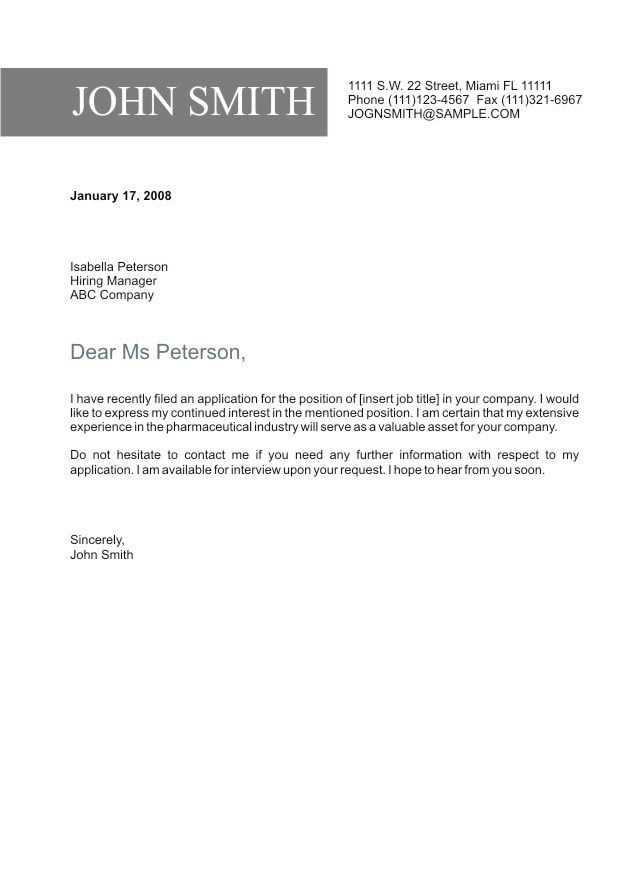
Timing is key when reaching out after submitting an application. Sending your message at the right moment can increase your chances of getting noticed, while sending it too early or too late can have a negative impact. Understanding when to make contact can make all the difference in how your communication is received.
Optimal Times for Reaching Out
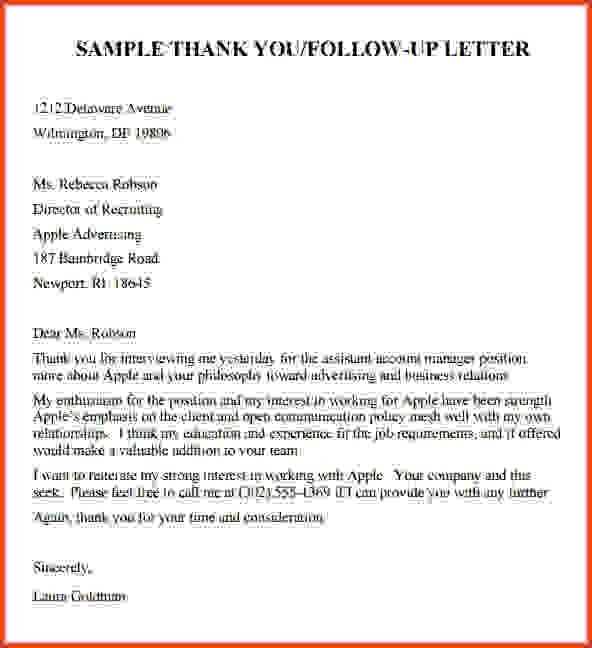
Here are some general guidelines for when to send your follow-up:
- Wait at least 7-10 days after your initial submission to give the employer time to review candidates.
- If you haven’t heard back, a second follow-up can be sent around two weeks after your first message.
- A third and final follow-up can be sent approximately three weeks after your initial contact.
When Not to Reach Out
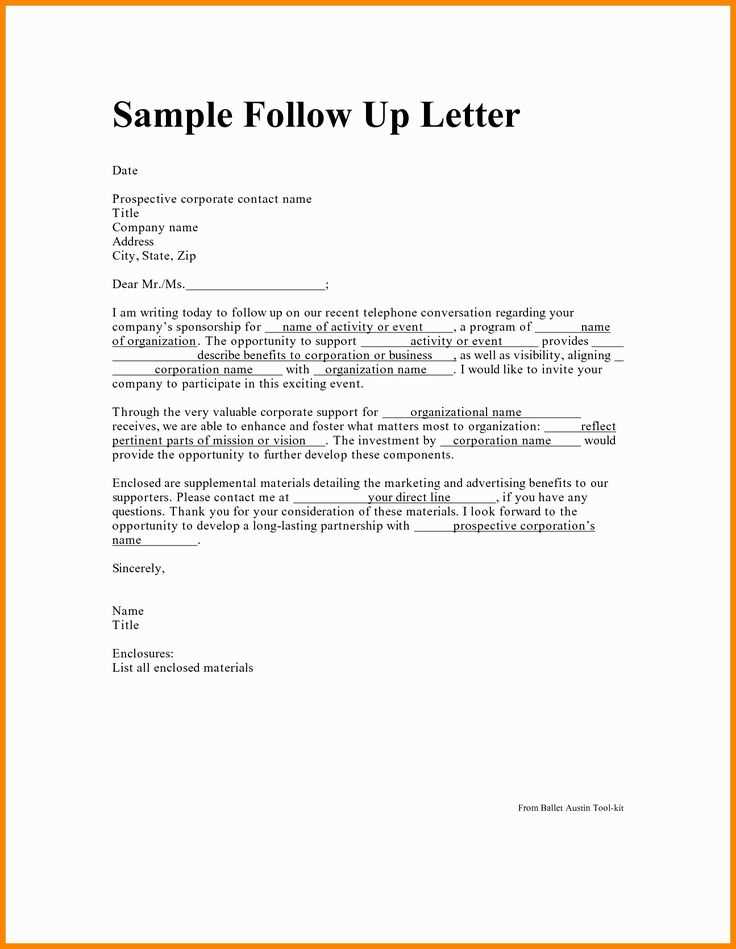
While it’s important to remain proactive, avoid sending your message:
- Too soon after applying, as the employer may not have had enough time to review applications.
- If you’ve already received a rejection or a confirmation that the position has been filled.
- During busy periods like holidays, when response times may be delayed.
By following these timing tips, you can ensure your message is appropriately timed and well-received by potential employers.